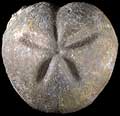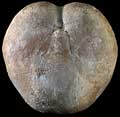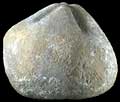The Echinoid Directory
Pseudogibbaster Moskvin, 1983, p. 111
| Diagnostic Features |
|
|---|---|
| Distribution | Palaeocene, Spain, Ukraine, Kazakhstan. |
| Name gender | masculine |
| Type | Protobrissus akkajensis Moskvin & Poslavskaya, 1959, p. 290, by original designation. |
| Species Included |
|
| Classification and/or Status | |
| Remarks |
|



